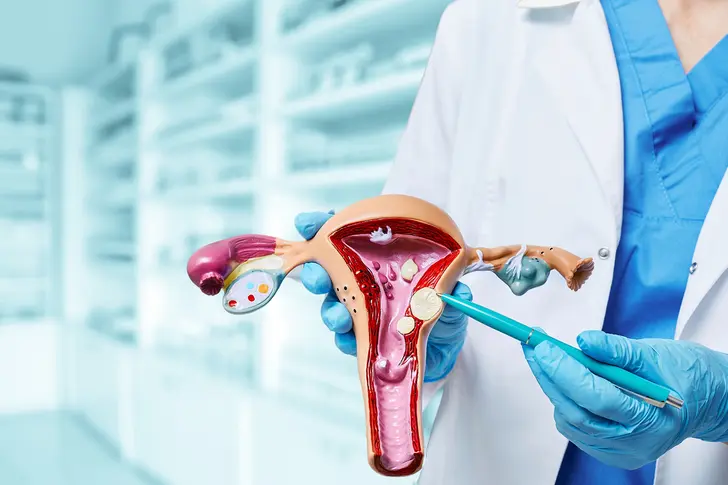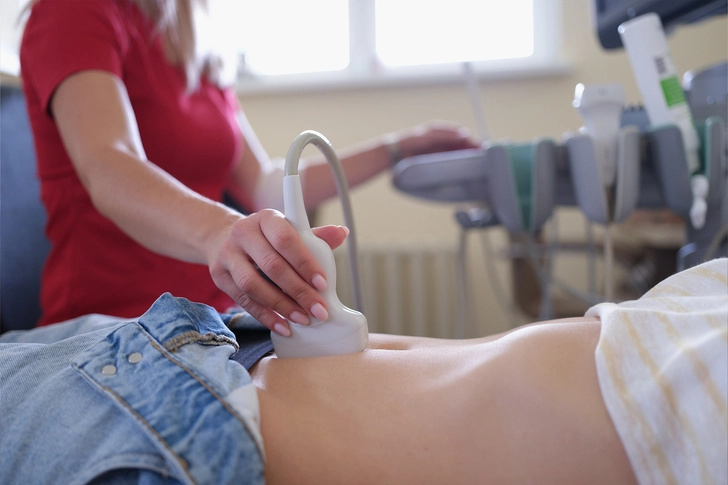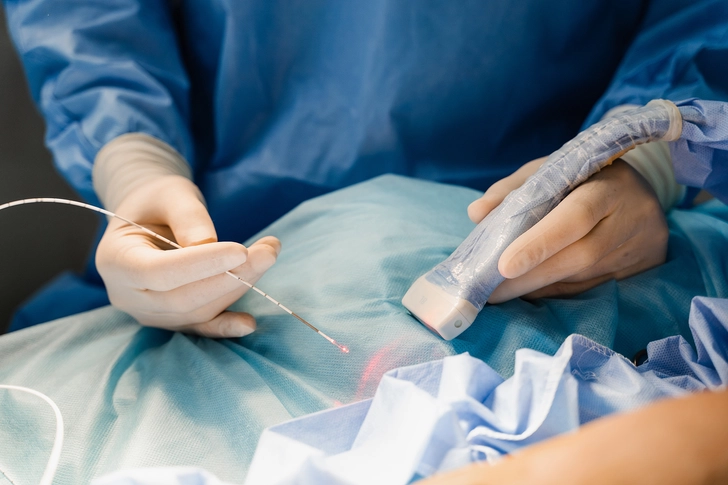Symptoms of Uterine Fibroids


Understanding Uterine Fibroids
Uterine fibroids are noncancerous growths that develop in or around the uterus. They may be tiny or large enough to distort the uterus. Fibroids can lead to a variety of symptoms.

Common Symptoms
Heavy menstrual bleeding and prolonged periods are common symptoms of fibroids. Women may also experience pelvic pain and pressure and may need to pee often.

Pain Symptoms
Fibroids can cause backaches and leg pains. Depending on their size and location, fibroids can cause pressure on other organs besides the uterus.

Diagnosis
Doctors use pelvic exams, ultrasounds, and MRIs to determine the size and location of fibroids.

Medication
Medications can help manage symptoms and reduce the size of fibroids. Hormonal therapies and other drugs can be used to control heavy bleeding and pain.

Noninvasive Procedures
Options like MRI-guided ultrasound surgery are available. These procedures are less invasive and can effectively reduce fibroid symptoms.

Surgical Options
Surgical treatments include myomectomy and hysterectomy. These surgeries can be effective in removing fibroids and relieving symptoms.

Lifestyle Changes
Eating a diet rich in fresh fruits and vegetables, getting regular exercise, and reducing stress can help manage symptoms. Limit alcohol, red meat, and sugar, all of which have been shown to raise your chances of getting fibroids.
Photo Credits:
1) kvi123/Shutterstock
2) Doucefleur/Shutterstock
3) Pormezz/Shutterstock
4) megaflopp/Shutterstock
5) fizkes/Shutterstock
6) Rabizo Anatolii/Shutterstock
7) RossHelen/Shutterstock
8) Chinnapong/Shutterstock
SOURCES:
American Cancer Society.
Lebovic, D; Gordon, J; Taylor, R. Reproductive Endocrinology and Infertility, Scrubb Hill Press, 2005.
National Library of Medicine: "Uterine Fibroids."
Mayo Clinic: “Uterine Fibroids.”
Cleveland Clinic: "Uterine Fibroids," "Do Uterine Fibroids Make You Gain Weight?" "What To Know About Uterine Fibroids After Menopause."
UCSF Health: "Fibroids Signs and Symptoms."
American College of Obstetricians and Gynecologists: "Uterine Fibroids."
UChicago Medicine: "Don’t suffer in silence: Get answers about uterine fibroid symptoms and treatment."
Johns Hopkins Medicine: "Fibroids."